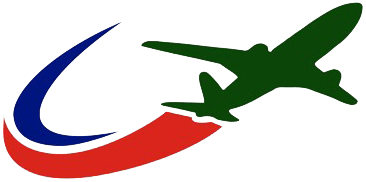Simulation and experimental activities are required for each of the control concepts, and both will be performed in WP2WP3 and WP3WP4. All flow-control activities related to near wall layer (inner-structure) control concepts will be dealt with in WP2WP3, while WP3WP4 will investigate/develop control concepts related to the outer layer (i.e. buffer-layer or outer-structure). Flow simulations of flow-control actuations will be performed to support the definition of actuator and control requirements for turbulent skin-friction drag reduction. Experimental evaluations and flow measurements will also be performed for the corresponding control concepts in low-speed tunnels. The experiments will be carried out over a range of Reynolds numbers to enable validation of DNS computations and to support Reynolds number scaling.
The most promising flow control actuation will be demonstrated in WP4WP5, supported by state-of-the-art flow diagnostics, including tomographic PIV and advanced (continuous) skin-friction measurement, to gain greater insight into the influence of control on the turbulent structures. The investigations carried out will be at Reynolds and Mach numbers significantly below that experienced by an aircraft in flight, as it is currently not possible to simulate the turbulence mechanisms in a boundary layer at flight-scale conditions. Subsequently, Low Order Models and methods applicable at an industrial level will be developed in WP5WP5 to enable an aircraft-level analysis.
